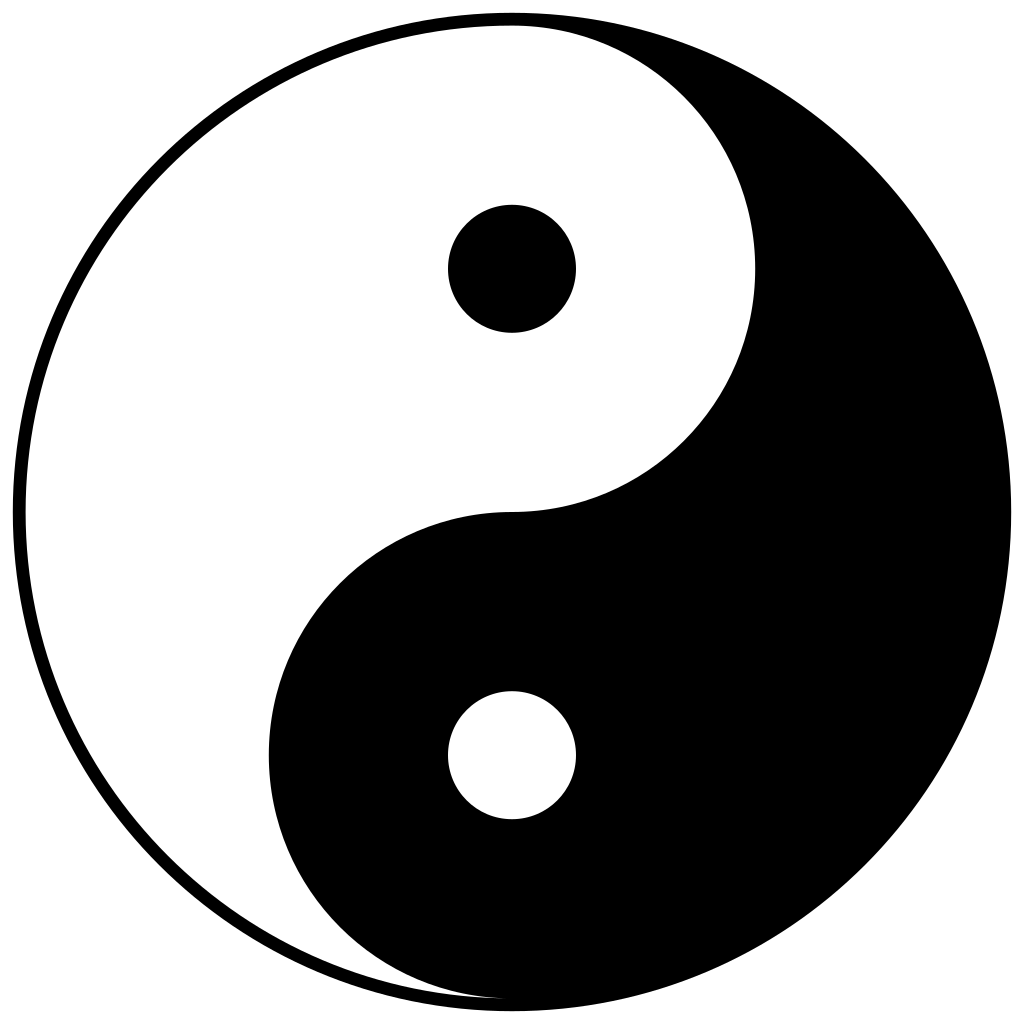cross-posted from: https://kbin.social/m/13thFloor/t/473973
The Way that can be articulately described is not the Unchanging Way. The name that can be said out loud is not the Unchanging Name. With your mouth unopened, and things left undefined, you stand at the beginning of the universe. Make definitions, and you are the measure of all creation.
The Tao Te Ching (UK: /ˌtaʊ tiː ˈtʃɪŋ/,[1] US: /ˌdaʊ dɛ ˈdʒɪŋ/; simplified Chinese: 道德经; traditional Chinese: 道德經; pinyin: Dàodé Jīng [tâʊ tɤ̌ tɕíŋ] i) is a Chinese classic text and foundational work of Taoism written around 400 BC and traditionally credited to the sage Laozi, though the text’s authorship, date of composition and date of compilation are debated. The oldest excavated portion dates back to the late 4th century BC, but modern scholarship dates other parts of the text as having been written—or at least compiled—later than the earliest portions of the Zhuangzi.
The Tao Te Ching, along with the Zhuangzi, is a fundamental text for both philosophical and religious Taoism. It also strongly influenced other schools of Chinese philosophy and religion, including Legalism, Confucianism, and Chinese Buddhism, which was largely interpreted through the use of Taoist words and concepts when it was originally introduced to China. Many artists, including poets, painters, calligraphers, and gardeners, have used the Tao Te Ching as a source of inspiration. Its influence has spread widely within the globe’s artistic and academic spheres. It is one of the most translated texts in world literature.


It’s also one of the most badly-translated texts in world literature with most translations saying more about the translator than the text. (This is largely inevitable given that it’s written in a language—Classical Chinese—noted for being opaque, vague, and open to interpretation at the best of times which is then further obfuscated by deliberate riddle-making and word-play.) When Chinese translators (translating from Classical Chinese to modern vernacular Chinese) can’t agree on the meanings of the text, we poor westerners are going to be even more flummoxed.
Lest you think I exaggerate the difficulties of the original text, ponder the difference between “horseplay” and “pony play” in modern English and the confusion that could erupt from that difference to anybody not familiar with English idiom (and EFL/ESL student, say). Now run this through over 2000 years’ cultural and literary drift and get faced with a written form that’s by design fluid and vague in interpretation (for very practical reasons).
Then tell me how easy translating these 5000 characters is going to be. 🤨
That being said, the 道德经 is impossible to translate, but it is emphatically worth the effort.